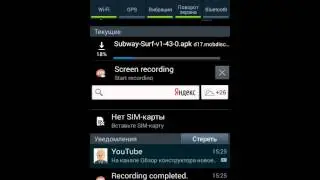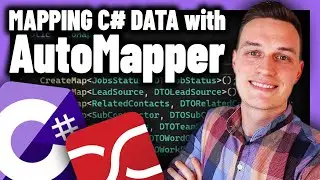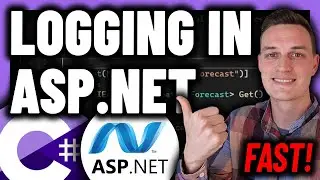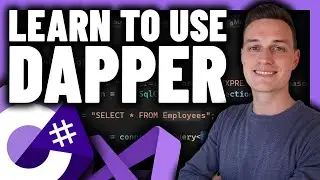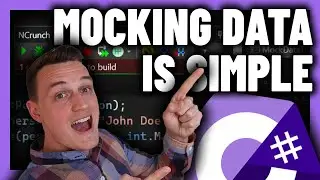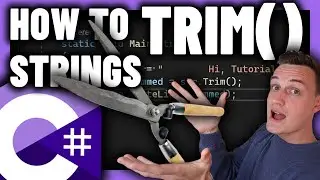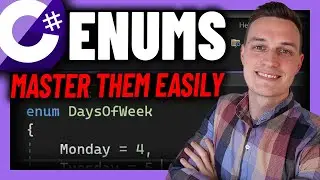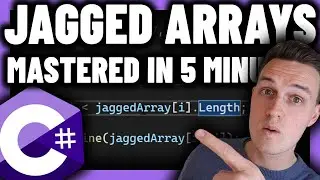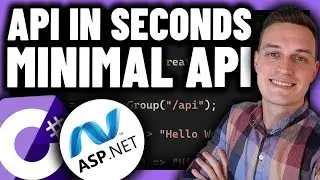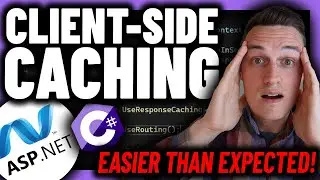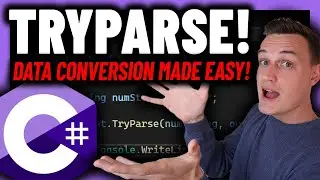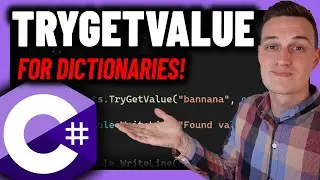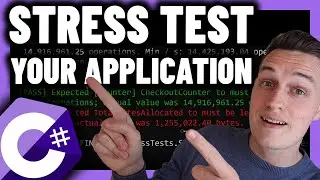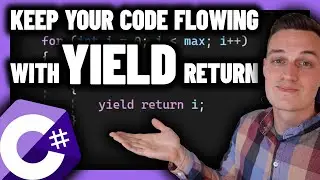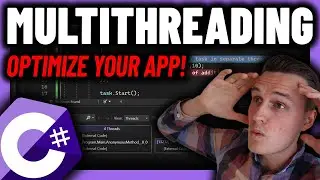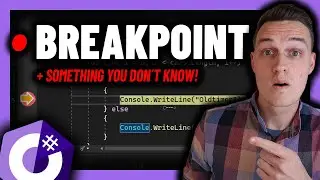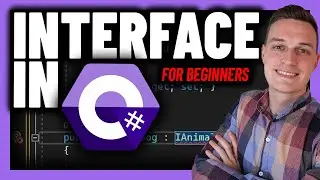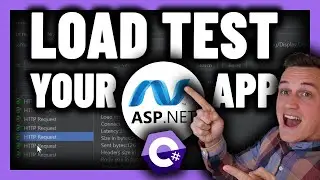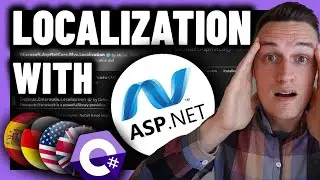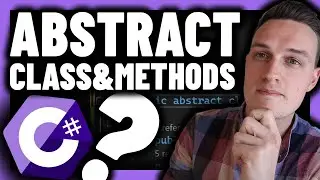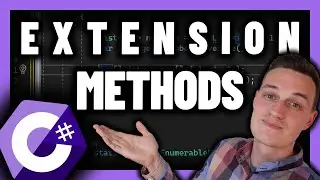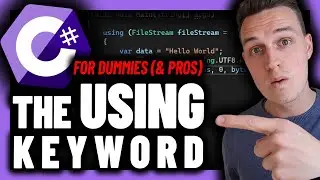Displaying Text using LABELS in WPF? Don´t just use TEXTBLOCKS!
Displaying Text using WPF can be done in multiple ways, one of them is TextBlocks, but there is another! LABELS ! Start your WPF Career with this first video in our Youtube Course for CSharp and the Windows Presentation Foundation. Follow along in the Playlist! • Windows Presentation Foundation - WPF...
Here are the links by the way!
· Check out the C# Masterclass: https://bit.ly/38xC6WW
· Check out the WPF Masterclass: http://bit.ly/2PZIpMn
· FREE C# Download 9 MUST have .NET Developer tools: https://page.tutorials.eu/tools
We´ll make sure to make a Developer out of you In no time!
☕ You can also support us now by buying us a coffee! ☕ https://www.buymeacoffee.com/tutorialsEU
And we promise to create more cool content for you!
WPF guide for beginners series - in this episode we will cover Control Labels
Learn how to build desktop applications and create Control Labels
The Label Class Represents the text label for a control and provides support for access keys.
This class provides both functional and visual support for access keys (also known as mnemonics). It is frequently used to enable quick keyboard access to controls such as a TextBox. To assign a Label to a Control, set the Target property to the control that should get focus when the user presses the access key. Setting the target also causes Microsoft UI Automation to use the text of the label as the name of the targeted control. For more information, see Accessibility.
Windows Presentation Foundation Guide for Beginners
Learn to use WPF, XAML
Create beautiful clean apps using Windows Presentation Foundation
Create a desktop application using WPF XAML
How to create an app with WPF
Learn to build desktop application
Use Textblock control in WPF
Windows Presentation Foundation is a UI framework that creates desktop client applications. The WPF development platform supports a broad set of application development features, including an application model, resources, controls, graphics, layout, data binding, documents, and security.
WPF is part of .NET, so if you have previously built applications with .NET using ASP.NET or Windows Forms, the programming experience should be familiar. WPF uses the Extensible Application Markup Language (XAML) to provide a declarative model for application programming.
Extensible Application Markup Language (XAML) is a declarative language that's based on XML. XAML is used extensively in the following types of applications to build user interfaces:
Windows Presentation Foundation (WPF) apps
Universal Windows Platform (UWP) apps
Xamarin.Forms apps
TextBlock is not a control, per se, since it doesn't inherit from the Control class, but it's used much like any other control in the WPF framework, so we'll call it a control to keep things simple.
The TextBlock control is one of the most fundamental controls in WPF, yet it's very useful. It allows you to put text on the screen, much like a Label control does, but in a simpler and less resource demanding way. A common understanding is that a Label is for short, one-line texts (but may include e.g. an image), while the TextBlock works very well for multiline strings as well, but can only contain text (strings). Both the Label and the TextBlock offers their own unique advantages, so what you should use very much depends on the situation.
Check out the video for more on this! Good luck!
#WPF #DotNet #csharp #c #tutorial #code #programming #tutorialseu
tutorialsEU offers you free video tutorials about programming and development for complete beginners up to experienced programmers.
This includes C#, Unity, Python, Android, Kotlin, Machine Learning, etc.
Stay tuned and subscribe to tutorialsEU: https://goo.gl/rBFh3x
Android: / @tutorialseuandroid
C#: / @tutorialseuc
Unity: / @tutorialseuunity
Facebook: / tutorialseu-109380204093233
LinkedIn: / tutorialseu
Discord: / discord




